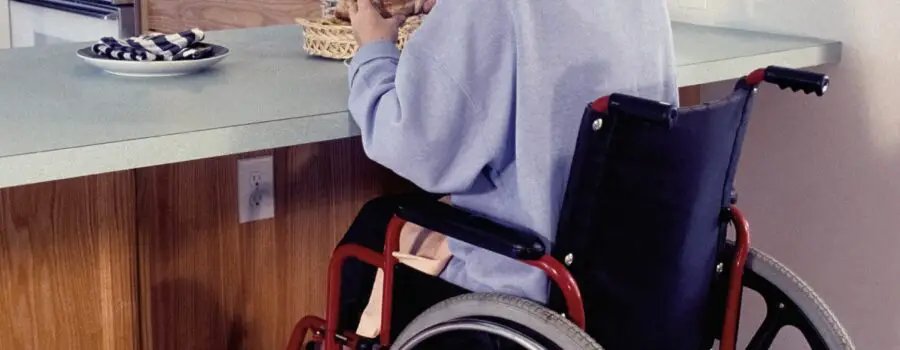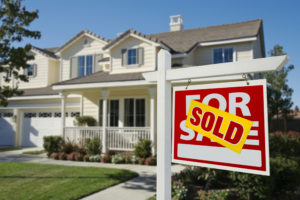This is a check list to make my home more handicap accessible I didn’t know until after my stroke.
Creating a handicap-accessible home involves thoughtful planning and modifications to ensure safety and ease of movement for individuals with mobility challenges. Here’s a checklist to guide you through the process of making your home more accessible:
1. Entry and Exits:
- Install ramps or lifts at entrances if there are stairs.
- Ensure doorways are wide enough for wheelchair access (at least 32 inches wide).
- Install lever-style door handles that are easier to operate.
2. Flooring:
- Use non-slip flooring materials to prevent accidents.
- Eliminate thresholds or create gentle ramps between different floor levels.
3. Hallways and Doorways:
- Maintain clear pathways with sufficient width for easy maneuvering (at least 36 inches wide).
- Install swing-clear hinges to maximize doorway width.
4. Bathroom:
- Install grab bars near the toilet, shower, and bathtub.
- Use a walk-in or roll-in shower with a built-in seat.
- Ensure the bathroom door swings outward for emergency access.
- Choose slip-resistant flooring in the bathroom.
5. Kitchen:
- Install countertops at varying heights to accommodate both seated and standing users.
- Use pull-out shelves and drawers for easy access to items.
- Place appliances at reachable heights and consider front-mounted controls.
6. Bedrooms:
- Ensure there’s enough space around the bed for a wheelchair or walker.
- Consider adjustable beds for ease of getting in and out.
7. Lighting:
- Install bright, even lighting throughout the house to prevent shadows.
- Use motion-activated lights in hallways and bathrooms for added convenience.
8. Stairs:
- Install a stair lift or elevator if there are multiple levels in the home.
- Add handrails on both sides of staircases.
9. Windows and Handles:
- Use easy-to-operate window handles and blinds.
- Install lever-style handles on cabinets for easy access.
10. Floors and Rugs:
- Secure rugs with non-slip pads or remove them to prevent tripping hazards.
11. Outdoors:
- Ensure pathways and outdoor spaces are accessible with ramps or lifts.
- Provide seating areas with sturdy chairs or benches.
12. Emergency Preparedness:
- Install smoke alarms with bright visual indicators for individuals with hearing impairments.
- Create an emergency plan that considers mobility limitations.
13. Communication:
- Install a communication system that allows easy contact with caregivers or emergency services.
14. Consult Professionals:
- Seek advice from occupational therapists or accessibility experts to identify specific needs.
15. Personalized Adjustments:
- Tailor the modifications to the specific needs of the individual(s) using the space.
Remember, making a home handicap accessible requires careful consideration of the individual’s needs and preferences. Consulting with professionals and involving the individual in the process can ensure that the modifications are effective and supportive of their daily living activities. Work with it and be prepared to make changes if they become appropriate.
Read more about preparing for retirement HERE.
Get zesty, “Of Interest” articles coming right to you mailbox.





![“The LazyFSBO METHOD” of selling your home! FOR HOME-SELLERS WHO HAVE A LIFE! [BUY]](https://thereasonablerealtor.com/wp-content/uploads/2023/12/Copy-of-33-Copy-of-22-Copy-of-Copy-of-Copy-of-Copy-of-Copy-of-Copy-of-DM-3-300x200.jpg)







